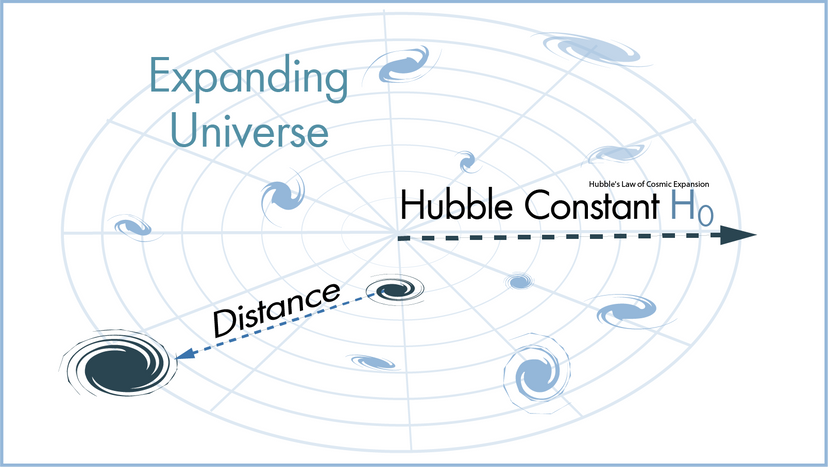Your current science teacher.

Who is Mr. Cavanaugh?
This is how long humans have been gazing up at the stars.
What is millennia (thousands of years)?
A group of things working together.
What is a system?
Everything, all matter, all time, all space, all energy

Using your senses to interpret the world around you.

What is observation?
The amount of points you can receive on a summative re-take.
What is half?
A device used to study things that are extremely far away from Earth.
What is a telescope?
Quantitative measure of hotness or coolness of something.

What is temperature?
Theory of how the universe began

What is the Big Bang?
The amount of matter in an object.
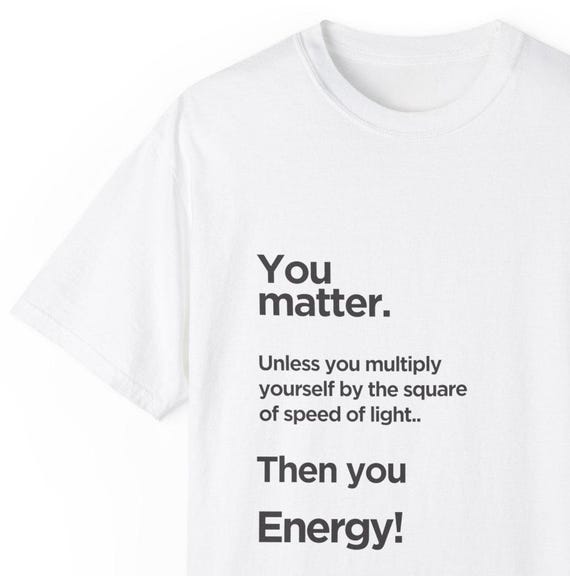
What is mass?
The study of stars, planets, moons, galaxies, etc
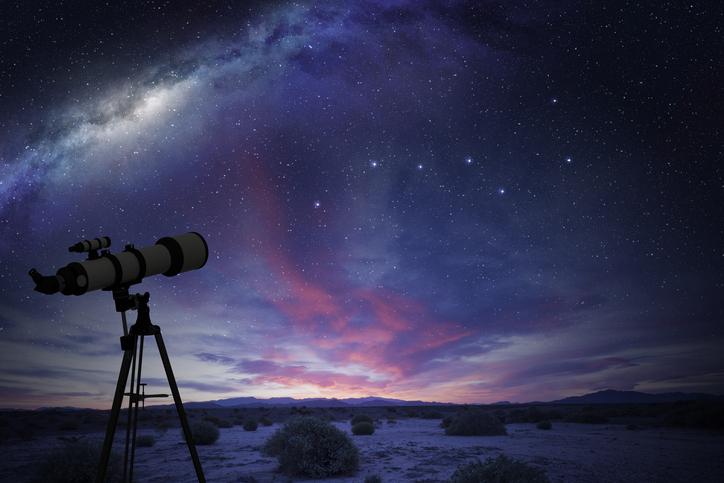
What is astronomy?
DAILY DOUBLE!
The two biggests challenges astronomers face when using ground based telescopes.

What is atmospheric disruption and rotation of the Earth?
Electromagnetic radiation that can be detected by the human eye.

What is light?
DAILY DOUBLE
Explain how a galaxy is different than a solar system.
![]()
What is galaxies are wayyyy bigger and have billions of solar systems. A single solar system is typically just one star with many planets.
Relative size of things that shows a mathematical comparision.

What is a scale?
A possible hypothesis that explains nature and has been tested a lot.

What is scientific theory?
13.8 Billion Years.

What is the age of the universe?
Simplest form of all matter.
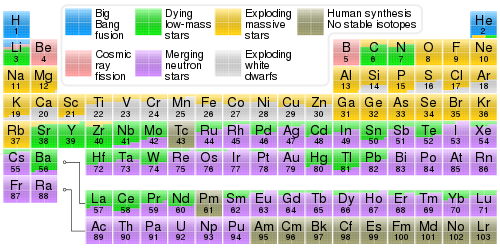
What is an element?
Physical evidence to support the Big Bang theory that was accidentally discovered in the 1960s.
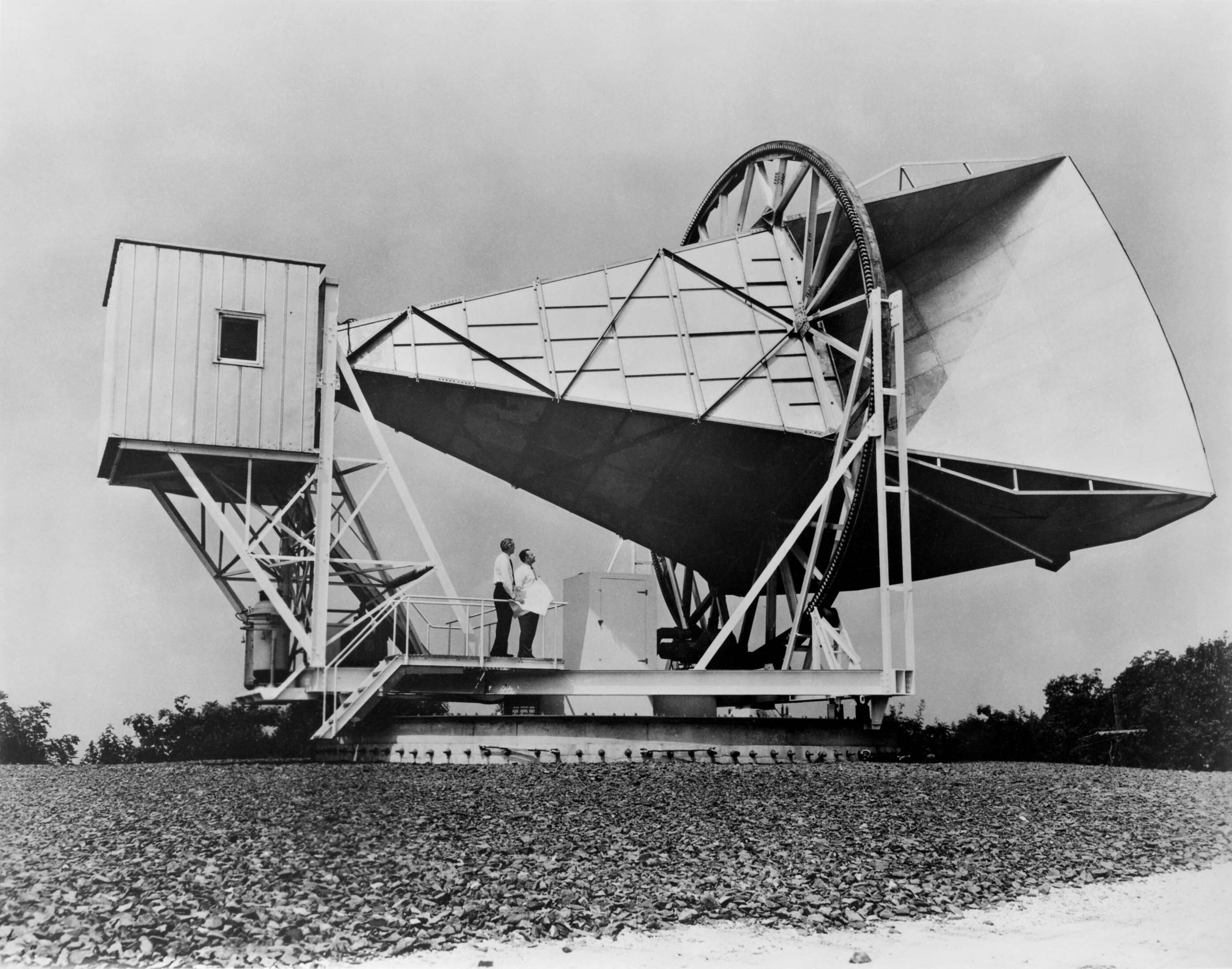
What is cosmic microwave background radiation (CMBR)
The difference between 1 billion and 146 million.

What is 854 million or 0.854 billion
Statements, based on repeated experiments or observations, that describe or predict natural phenomena.
What is a scientific Law?
Theses types of electromagnetic rays can be seen by advanced telescopes but not human eyes.

What are UV, X-Rays, Gamma Rays, Microwaves, or Radio waves.
The sum of all parts divided by how many parts there are.
What is the average?
The first two elements made in our universe, how all matter started as.
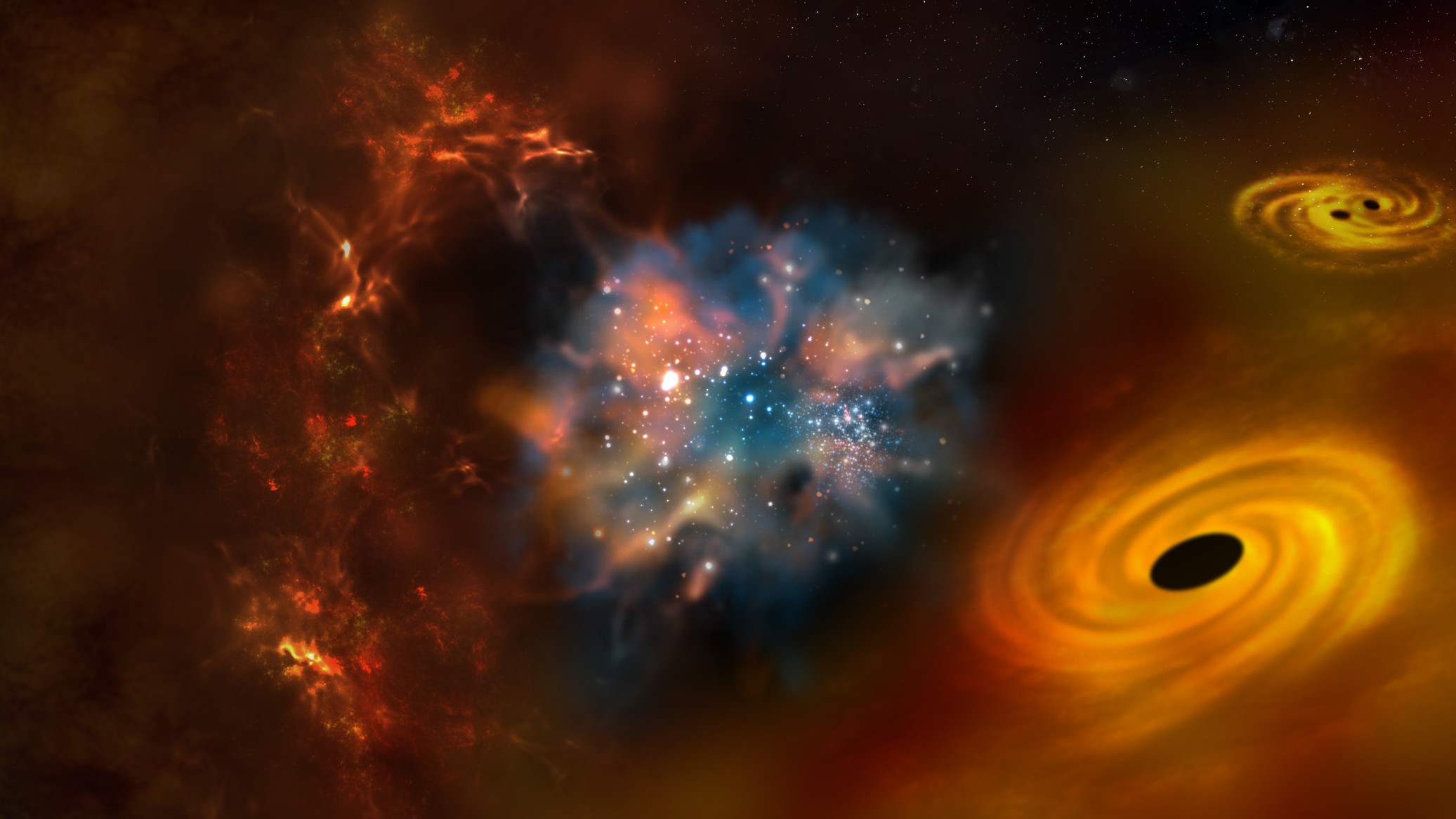
What is hydrogen and helium?
About 6 trillion miles. (5.88 to be more accurate).

What is a light year?

